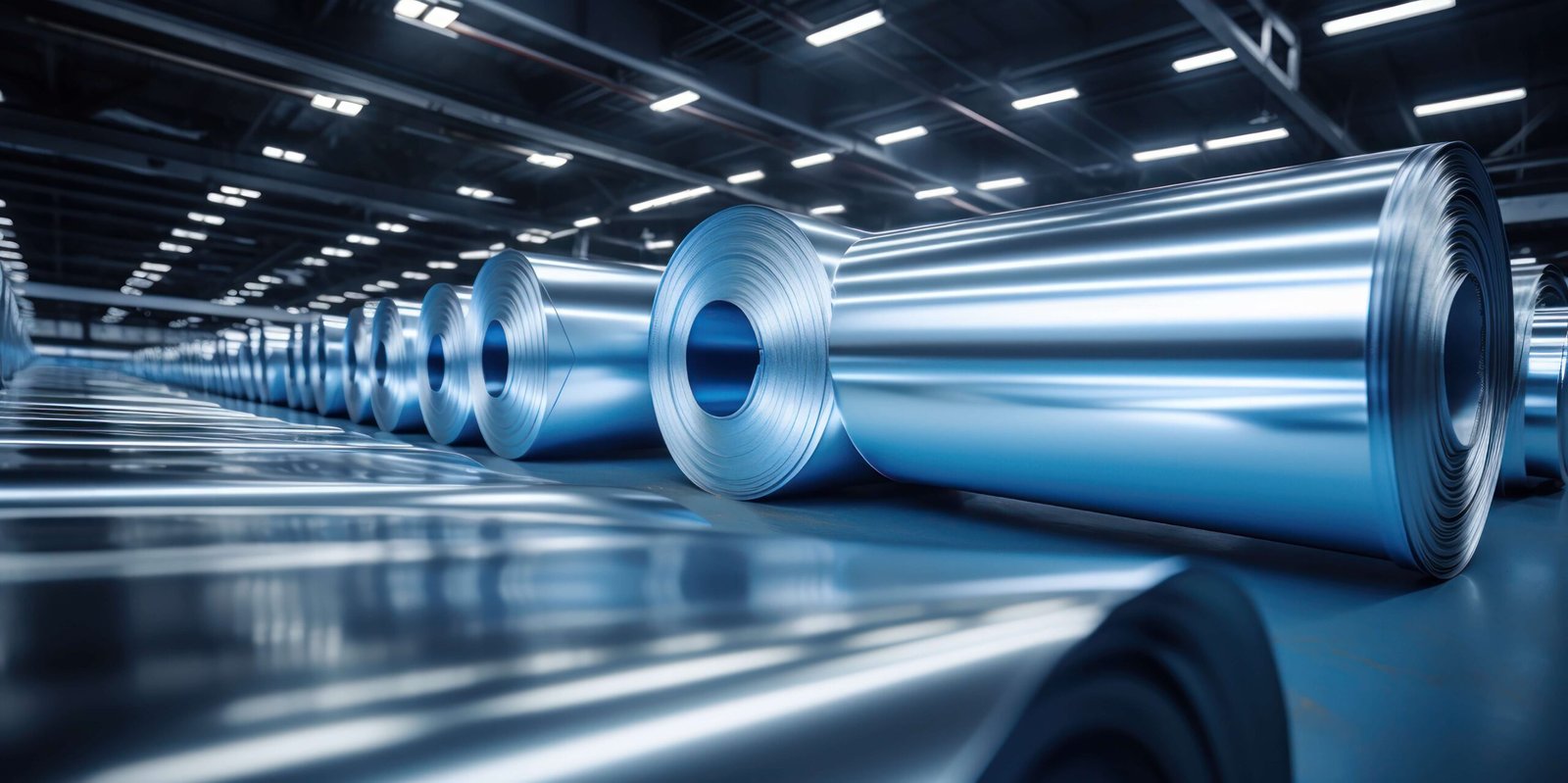The lifecycle of stainless steel: A model of longevity

What makes stainless steel a go-to material across a spectrum of industries is its longevity. Read on to know more about the lifecycle of stainless steel.
Did you know stainless steel is one of the most enduring and versatile materials on the planet? From kitchen utensils to towering skyscrapers, it plays a starring role in modern life. But what makes it truly remarkable is its lifecycle—a story of durability, adaptability and recyclability. Let’s dive in to understand why stainless steel is a model of longevity.
What is the lifecycle of stainless steel?
The lifecycle of stainless steel refers to its journey from raw material extraction to production, usage, recycling and ultimately, rebirth into new products. This cyclical nature makes it a champion of sustainability in an era that demands eco-conscious solutions.
Why is stainless steel durable?
Stainless steel is known for its ability to withstand the test of time. Here’s why:
Corrosion resistance
Thanks to its chromium content, stainless steel forms a passive layer that protects it from rust and corrosion, even in harsh environments.
Strength and versatility
Whether it’s withstanding extreme temperatures or bearing heavy loads, stainless steel doesn’t falter. Its adaptability to different uses adds to its longevity.
How does stainless steel’s recyclability work?
One of stainless steel’s superpowers is its ability to be recycled endlessly without losing quality. Here’s a quick breakdown:
- Collection: Used stainless steel products are collected from industries, homes and waste management systems.
- Processing: They’re sorted, cleaned and melted down in electric arc furnaces.
- Rebirth: The molten stainless steel is reformed into new products—anything from cutlery to automotive parts.
Fun fact: Around 90 per cent of stainless steel is recycled, making it one of the most recycled materials globally.
The lifecycle stages of stainless steel
- Raw material extraction
The lifecycle begins with mining raw materials like iron, chromium, nickel and molybdenum. These elements are combined to create stainless steel’s unique composition.
- Production
In state-of-the-art facilities, these materials are melted, refined, and cast into slabs or coils. The process ensures maximum efficiency and minimal waste.
- Usage
From construction to healthcare, stainless steel proves its worth across industries. Its long lifespan reduces the need for frequent replacements.
- Recycling and reuse
When products reach the end of their life, they’re recycled. This step closes the loop, turning old stainless steel into new creations.
What makes stainless steel a sustainable choice?
Let’s break it down:
- Longevity: Products made from stainless steel last for decades, reducing waste.
- Recyclability: Its ability to be endlessly recycled minimises resource extraction and energy use.
- Eco-Friendly: Stainless steel production emits lower carbon footprints compared to other materials.
Conclusion
The lifecycle of stainless steel is a testament to its role as a sustainable and durable material. From its corrosion resistance to its impressive recyclability, it stands as a model of longevity in a world striving for eco-friendly solutions.
So, the next time you see a stainless steel product, remember—it’s not just a piece of metal; it’s a story of resilience, sustainability and renewal. Why not embrace stainless steel for a greener future?
FAQs
Is stainless steel 100 per cent recyclable?
Yes! Stainless steel can be recycled endlessly without losing its integrity or strength.
What industries benefit most from stainless steel?
Construction, automotive, healthcare and food industries rely heavily on stainless steel due to its durability and hygiene properties.
Does recycled stainless steel compromise quality?
Not at all. Recycled stainless steel is just as strong and durable as new material.










